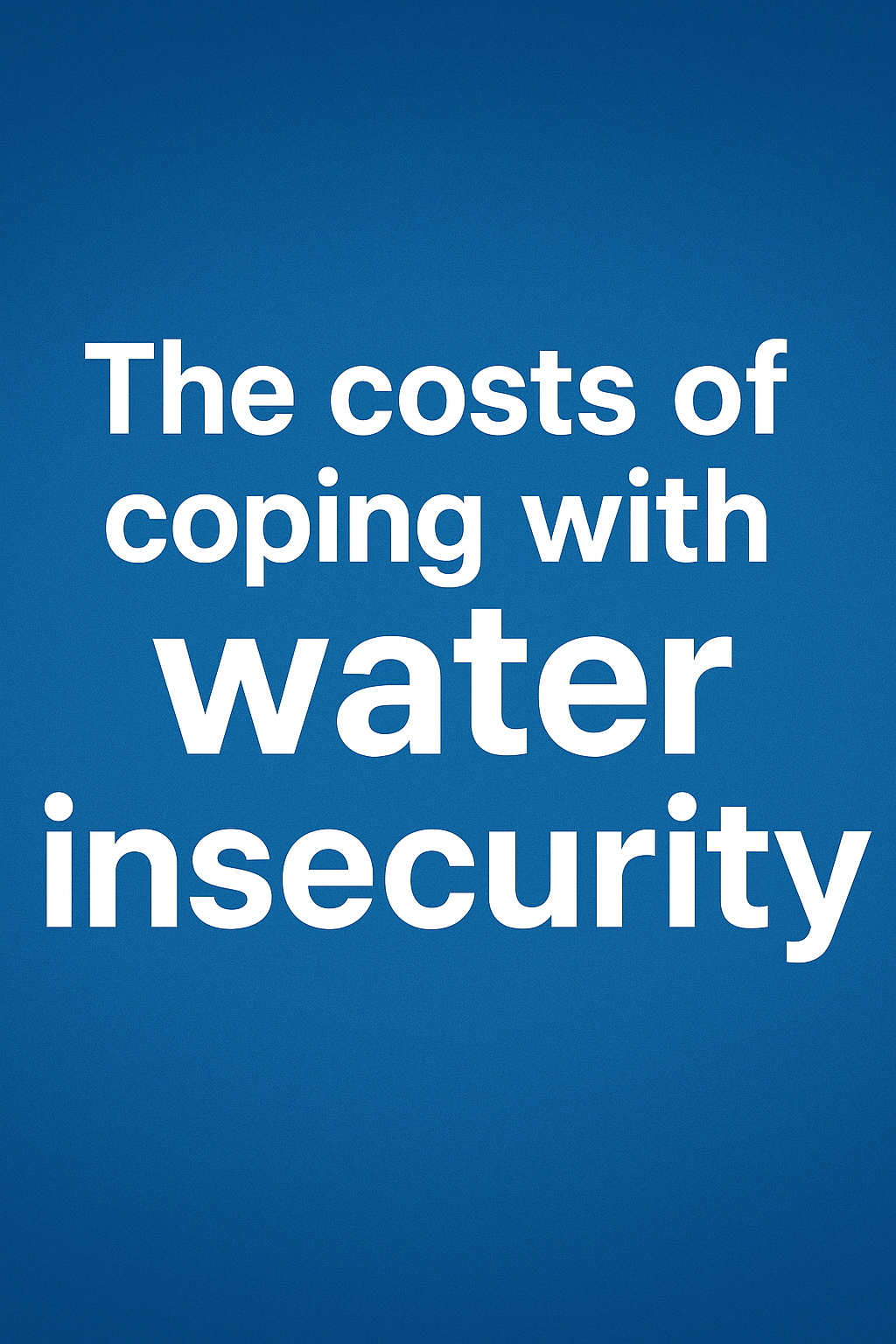
The costs of coping with water insecurity

This paper sets a framework to analyze the interrelations between water scarcity, quality, subsidies, beliefs, coping strategies, and their association with water affordability and consumption. Ultimately, the paper answers what type of subsidy reform can maintain the financial viability of utilities while minimizing the impact on consumer welfare. The analysis accounts for the full range of water sources and, thought a latent class model, identify two user’s types (formal and informal). The results underscore the empirical and policy importance of considering those dimensions when analyzing affordability measures and water consumption. Among poor informal user, water affordability is close to 4\% driven by bottled water consumption. Poor households with formal connections face an affordability ratio of around 6\%, with the main difference being the share of income allocated to piped water. In fact, bottled water accounts for a significant portion of affordability ratios across all income groups and user types. Underlying the large spending share on bottled water, there is a widespread belief that tap-water is undrinkable which in turn reflects physical quality and service continuity. Coping practices appear to have a limited effect on improving affordability or offsetting the negative effect of water scarcity on consumption.
Download publication:
